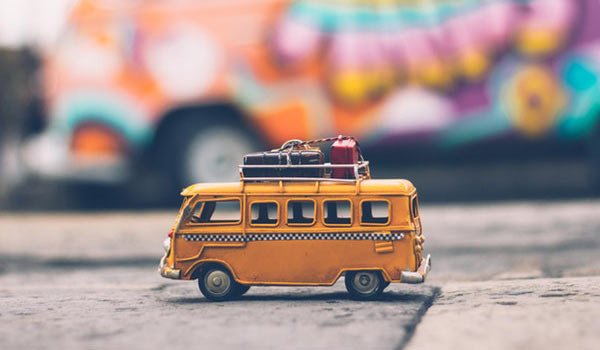
Tips for a Road Trip:
There are few things better than getting behind the wheel of your car and setting out on an adventure. In our heads, everything looks perfect: ultimate freedom, going wherever and stopping whenever you please, with no agenda and nowhere to be. Excellent. However, stepping out of our comfort zone is always a bit risky, especially when it comes to driving in new areas. Below, we outline some advice for driving in the different type of road trip areas. Here’s to a happy adventure!
In the Cities:
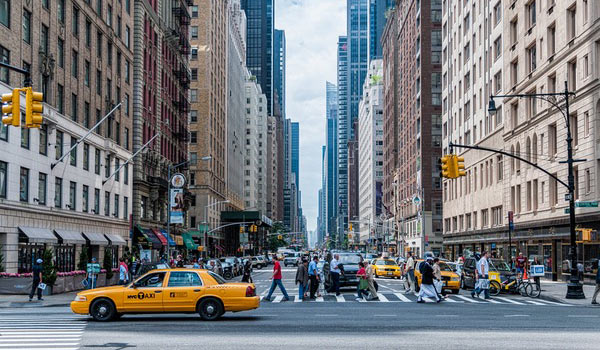
Yeah, yeah, we know there’s a lot to enjoy in a big city. That’s why so many people live in and visit them. However, have you ever seen the roads? It’s chaos. Gridlock here, gridlock there. How do you navigate such illogical driving spaces?
Suitable Cars:
There’s no point driving a car the size of a tank in a city, where space is hard to find. You want a small, compact vehicle, one that’s capable of navigating the narrow roads and which can squeeze into small spaces with ease. You might not be able to find a Mini, but that’s the type of car that’s great for city driving.
Time:
Need to be on the other side of the city for your dinner reservation? Yeah, you’ll want to make sure you give yourself plenty of time to get there, especially if you’re an early eater and your reservations are for before 7 pm. It can take a long time to drive from one side to the other, more time than you would have thought possible. If there’s only main road and there’s been an accident, then forget it! Go for somewhere more local instead.
Being Alert:
When you’re driving in the country, you need to be keeping an eye out for passing wildlife. In the cities, it’s people: pedestrians, cyclists, other drivers. If you’re driving in the real busy cities, such as New York or London, then there’ll be plenty of potential hazards waiting for you on each corner (or there will be if you’re downtown). Drive slow, be on alert for hazards, and always be ready to stop suddenly.
Parking:
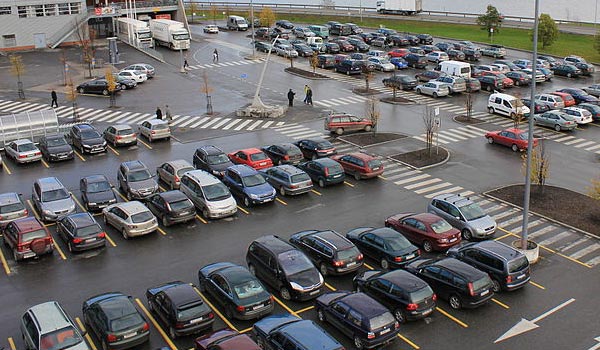
Of all the complaints of driving in the city, and there are a lot, none are as common as parking issues. In some cities, finding a car space is a challenge, and then why you do find one, you might have to take a loan out to afford it. Before traveling to the city, take a read through some of the city’s affordable parking options. There are always affordable spaces, even in the biggest cities.
Should You Drive?
We know you’re on a road trip, but have you thought about. not driving? By that, we don’t mean abandoning your vehicle altogether; we just mean not driving in the city. Instead, park in a secure parking site on the edge of town and take public transport to wherever you want to go. It’s much less stressful, and you won’t have lost anything: your car will still be there for the rest of your road trip when it’s time to move on.
Up to the Mountains:
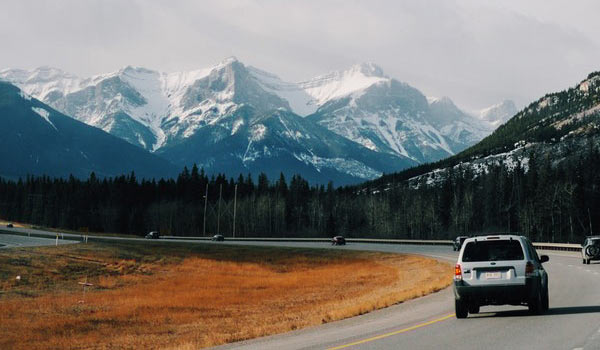
Everyone knows that the best road trip adventures involve heading out into the great outdoors and taking in some of the world’s most beautiful natural environments! While you’ll have plenty of photo opportunities, you’ll also need to understand that driving in the great outdoors, specifically the mountains, isn’t the same as driving elsewhere.
Type of Car You Need:
We said above that a small, compact car is good for city driving. In the mountains, it’s the opposite. You want a family vehicle with a lot of power, a vehicle like a Subaru XV or Forester. The reason being: mountains are difficult to drive in. They need power to comfortable get up and down the incline, plenty of grip for those tight, winding roads, and you also need enough space in the back to have all your outdoor gear and supplies with you.
How to Drive:
You have to pay extra attention to the way you’re driving when you’re in the mountains. Never try to go faster than you feel comfortable just because you have somewhere you need to be; like in the cities, driving in the mountains is a slow process. It’s all about the journey, not the destination! If you see someone behind you urging you to speed up, wait for a passing bay, pull over, and let them overtake you. As you’ll likely be far from any services, always fill up the tank before you start your mountain adventure. When you’re traveling down the mountain, stick to low gears if your car is a manual or 2 or L if it’s automatic.
Always Remember:
Driving is different in the mountains. Your car will run differently than it does in urban areas. Also, it doesn’t matter if it’s bright and sunny when you enter the mountains: the weather can change at any time, so always be prepared for every type of weather, even snow!
Skiing Adventures:
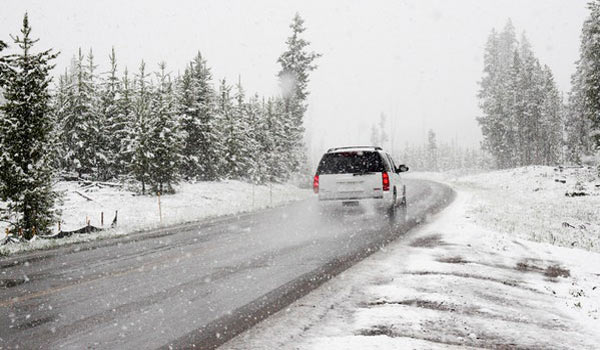
Sometimes, you’re kind of forced into driving into a terrain that’s new to you. An example of this would be a skiing adventure. You have to get to the slopes somehow, and that often means driving of steep, snowy roads! If you’re not from a place that regularly gets snow, you’ll need to prep your car for snow in advance of your journey. Click here to see how to do that. After that, it’s all about understanding how to drive in snow.
Know the Dangers:
There’s no reason to be afraid of driving in the snow. Anyone can do it, provided he or she knows what the dangers are. These involve skidding through the snow, hitting black ice, having engine issues, and being left high and dry in the outdoors without an emergency kit with you. Being aware of these issues can help you prepare your vehicle, and also lets you know what you should be keeping your eye out for when you’re driving.
Slow and Steady:
There’s a lot of safe winter driving advice out there, but the main thing to remember is: drive slow and steady! Virtually all accidents can be avoided if the driver follows these simple rules and if you have the right winter tires on your vehicle. Avoid quick acceleration and braking: do both things slow. When you know you need to stop, give yourself plenty of time to do so. Simple!
If you Spin:
That being said, even the safest driver in the world will eventually spin if they spend a lot of time driving in the snow. If you do, stay calm. It’s easier to get out of than you think. Steadily turn your wheel in the direction of the skid. Accidents happen when people do the opposite – turning against the skid – which is what, if you didn’t know any better, would seem to make the most sense. Now you know!
Off-Roading:
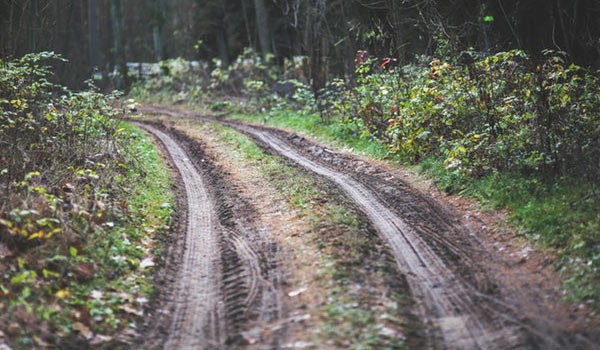
If you have a tough and mud ready vehicle, then there’s no better adventure to go on than off-roading. This is exactly what is sounds like, saying goodbye to paved roads and getting in deep in the great outdoors. Naturally, there are plenty of accidents waiting to happen, but only if you’re unprepared.
Assess the Land:
What’s the point in driving through the wild, blindly? You’ll spend the whole time wondering what’s round the next corner. Instead, take a look at the terrain and figure out the best route for you to take. There can be a science to taking your vehicle off-road! Also, doing this will ensure that you don’t accidentally find yourself stranded in a ditch. Talking of which.
Recovery:
There are a million and one ways in which you could get your car stranded when you’re out there in the wild. Mostly, this won’t be the end of the world – if you have the tools you need to get your car out of danger. If you’re going on a trip with another vehicle, then a tow strap will help you get out of most issues.
In the Water:
Part of the fun of off-roading is taking your car through a low-lying river, emerging like a glorious victor on the other side. But that shallow body of water might be holding a secret: it’s depth. It’s very, very important that you understand how deep the water is before you drive through it. You also need to know how much water your vehicle can safely navigate, which should be listed in the manual.
Best of Luck:
There’s nothing better than setting off an adventure, as you’ll soon find out! If you take anything away from this article, it should be how important it is to be prepared and understand where you’ll be driving. Different scenarios call for different vehicles and ways of driving, so make sure you know you’re doing. If you prepare properly, then the only thing left to do is have fun and try your best to make it a journey to remember for all the right reasons!